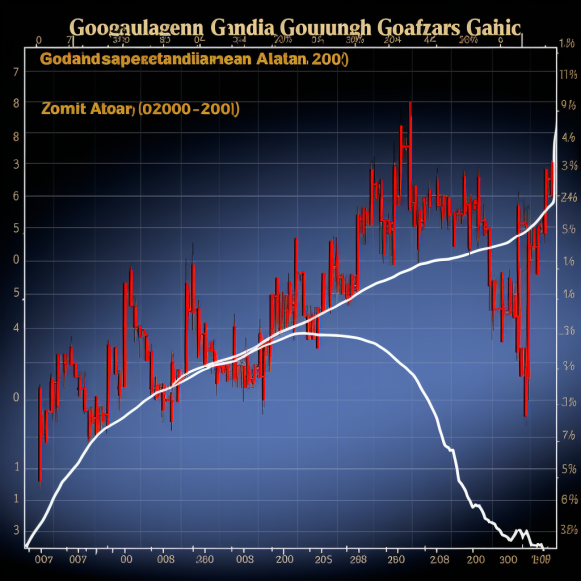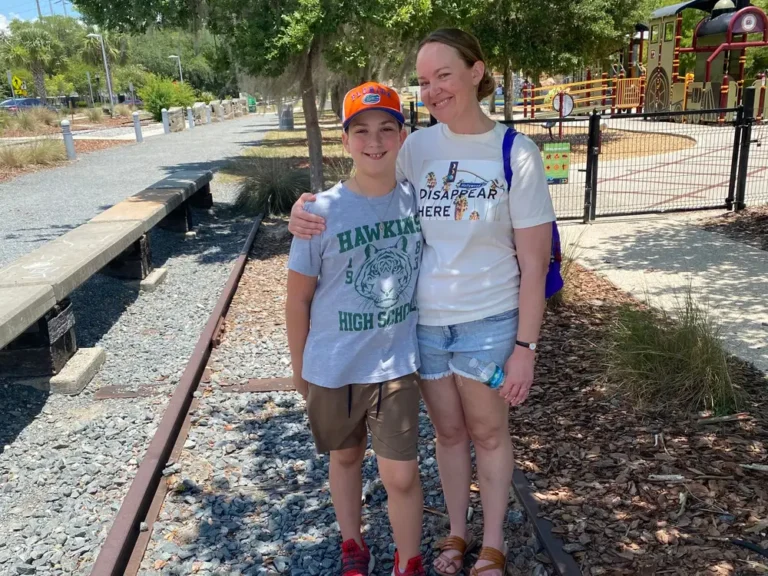Rest in space: A Bay Area astronaut gets a celestial burial

Commercial companies send remains into orbit
In death, Michael Lampton, a Berkeley space scientist and astronaut, is going where he could never go in life: into space.
Small samples of Lampton’s cremated remains, packed into a satellite’s cargo bay, will hitch a ride on a commercial rocket in late December to make vast and eternal loops around the sun — more than 200 million miles from home.
“It’s important for him to be up there,” said Lampton’s daughter, Jennifer Lampton, an Oakland-based computer scientist who is still mourning her father’s death last June at the age of 82. “He was fascinated by the boundaries of what we do, and don’t, know.”
Space burials are not a novel idea. Aside from the Texas-based Celestis, which is handling Lampton’s journey, a few other companies, including San Francisco’s Elysium Space Inc. and the U.K.-based balloon company Aura Flights, also send loved ones into space.
The launches are part of a growing trend away from traditional memorials, in which the deceased are buried in a formal cemetery or kept in an urn on the mantel of the living room.
They also represent a shift in how we perceive and utilize the sky. The heavens are buzzing with satellite activity, with the number of active orbiters expected to rise 700% by the end of the decade.
Celestis has launched 2,000 tiny ash-filled aluminum capsules since 1997. Each capsule is the size of a watch battery and holds one gram of the remains — the equivalent of a thumbtack in weight. Ashes are not expelled but remain within the capsule.
Some of the flights carry the ashes of pets such as the service dog Indica-Noodle, the cat Pikachu, a yellow lab named Quazar, and a Shiba Inu named Laika after the famous Russian canine astronaut.
“She was our supernova,” wrote Laika’s Irvine owner, John Rothrock.
Other passengers on Lampton’s flight include former NASA astronauts Philip Chapman and L. Gordon Cooper’s remains; Richard Braastad, whose interstellar “Cosmic Calls” radio messages sought contact with aliens; and NASA’s first female astrogeologist Mareta West, who determined the critical site for the first Moon landing.
Among those on board are “Star Trek” creator Gene Roddenberry, his widow and actress Majel Barrett Roddenberry, “Uhura” actress Nichelle Nichols, “Scotty” actor James Doohan, and visual effects artist Greg Jein, as well as VFX pioneer Douglas H. Trumbull, who produced the special effects for the science-fiction film “The Andromeda Strain.”
They will be joined by dozens of other amateur space enthusiasts, including a vendor machine manager, a Japanese professional baseball player, a carpet installer, a telecommunications engineer, and a promising young physics student who died in a car accident.
The cargo will also include “authenticated DNA” from hair samples of former Presidents Washington, Eisenhower, Kennedy, and Reagan, according to the company. Participants do not have to be dead to “join” the ride: DNA can be extracted from the inside of the mouth, packaged in a titanium capsule, and launched into space.
Celestis provides four space burial options with prices ranging from $3,000 to $13,000.
In one, the remains rocket straight up into the air for 68 miles, then descend and parachute back to Earth.
In another, the tiny containers can circle Earth every 90 minutes, attached to a satellite traveling at 17,000 mph about 500 miles overhead. An online map is available to help families keep track of their travels.
They make a fiery return to Earth after three to ten years. “The loved one becomes a’shooting star,'” Celestis president Colby Youngblood explained.
A third mission, scheduled for next month, will transport the remains of 64 people to the moon’s surface. The lunar lander will serve as their final resting place.
The fourth adventure, enlisted by Lampton’s family, will launch the satellite into orbit somewhere between Venus and Mars, where it will continue to travel until it reaches the so-called Lagrange Point, a location where the sun’s and Earth’s fierce gravitational forces create a point of perfect equilibrium for orbit.
They could circle there indefinitely. It is the greatest distance ever traveled by humans, dead or alive.
It’s a fitting end for Lampton, a bubbly and brilliant scientist who spent 54 years at the UC Berkeley Space Sciences Lab.
He studied physics at the California Institute of Technology as a young man, where he was a part of one of the greatest pranks in college football history, the Great Rose Bowl Hoax of 1961. On live television, University of Washington fans were tricked into holding placards that read “CALTECH” instead of “HUSKIES.”
Lampton went on to earn a Ph.D. from UC Berkeley under the supervision of Kinsey Anderson, a pioneer in the field of space physics. He studied the behavior of electrons that contribute to the aurora borealis, or Northern Lights, for his thesis. He had several exciting encounters with rockets — as well as polar bears.
He was honored to be named an active NASA Payload Specialist in the 1980s, and he was trained to go into space and conduct scientific experiments for Space Shuttle mission STS-45. But then he was diagnosed with cancer, which ended his dream. He traveled to Cape Canaveral with his family to witness the launch of his space shuttle — from the ground.
“The only time I ever saw him sad,” Jennifer Lampton explained, “was when he saw that launch go without him.”
His ashes are now ready to be scattered. They were hand-carried from Houston to Pittsburgh, Pennsylvania, where the company Astrobotic integrated them into the spacecraft. The rocket and launch will be managed by the aerospace company United Launch Alliance.
Following a group dinner and rocket tour, family members will watch the launch from a private viewing area.
First, it will orbit the moon, dropping off a lander with lunar-bound “passengers,” another option for space burial. Then it will launch another round of powerful rockets, eventually entering a corridor around the sun.
“He will have the flight in death,” she said, “that he was never able to achieve in life.”






